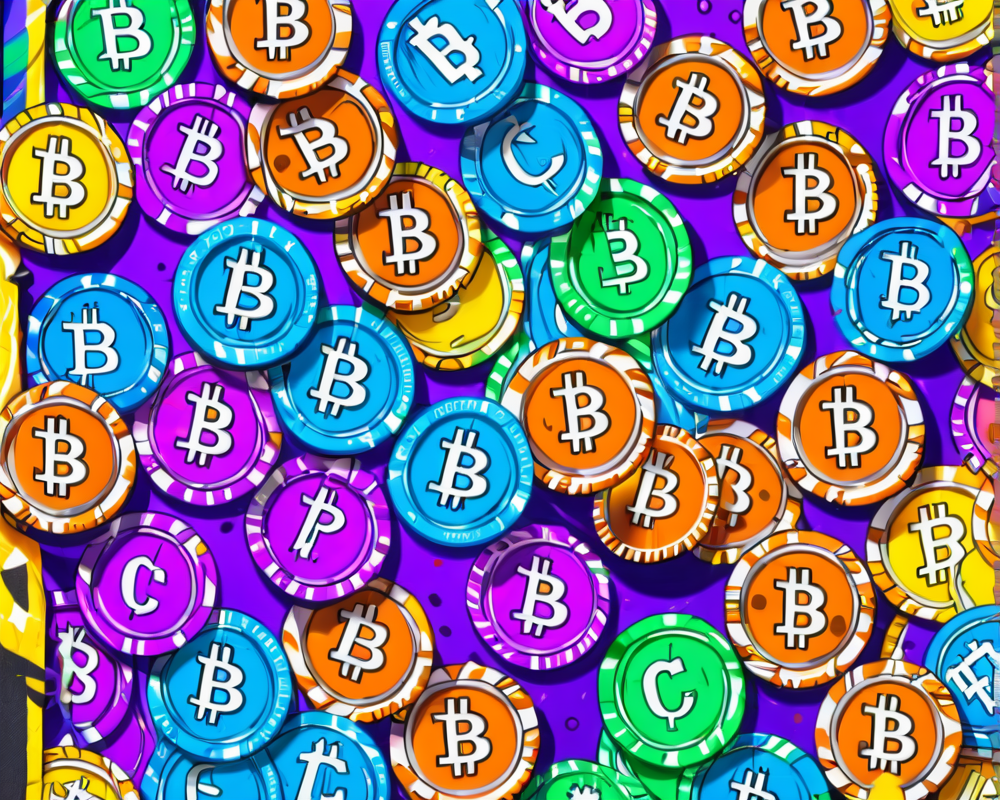Understanding the Inflation Battle
Economies worldwide are grappling with the monster known as inflation. Rising prices are not just a mere inconvenience; they are actively devaluing currencies and squeezing wallets tighter than a pair of skinny jeans after a holiday feast. In the U.S., the inflation rate reached an eyebrow-raising 9.1% in June, triggering the Federal Reserve to take drastic measures, like hiking interest rates (because who doesn’t love a good interest rate hike, right?). This has caused consumer spending to resemble a kid trying to pull away from a family dinner—slow and painful.
Stablecoins: The Digital Superheroes of Finance
Now, here’s where stablecoins swoop in like digital superheroes. Defined as cryptocurrencies pegged to stable assets, mainly fiat currencies like the U.S. dollar, stablecoins provide a shield against the nasty sting of inflation. Think of them as the financial equivalent of a safety net, ensuring that your savings don’t plummet off a cliff when the economy takes a nosedive.
Types of Stablecoins
Stablecoins come in various flavors:
- Collateralized Stablecoins: Backed by reserves, these high-flyers often mirror the value of stable national currencies.
- Commodity-Backed Stablecoins: Linked to tangible assets like gold—because who wouldn’t want a golden cushion for their finances?
- Algorithmic Stablecoins: Relying on smart contracts, they adjust supply based on demand, which sounds like math class but is cooler.
A Fortress Against Inflation
Stablecoins stand out as ideal tools for taming inflation for several reasons:
- Borderless Transactions: Thanks to the decentralized nature of the blockchain, these currencies can traverse borders, making them ideal for international transactions, especially when physical banks resemble dinosaur exhibitions.
- Lower Costs: Speedy transfers at a fraction of traditional bank fees? Yes, please. Users can send and receive funds without needing a lighthouse to guide them through financial storms.
- Serving the Unbanked: With billions lacking access to traditional banking systems, stablecoins offer a lifeline. All that’s needed is a device with a digital wallet—welcome to the 21st century!
Global Spotlight: Nations Turning to Stablecoins
Countries battling hyperinflation are opting for stablecoins, and it’s quite the show. Venezuela, Turkey, Nigeria, and Argentina have found refuge in stablecoins, where ordinary citizens are using them to protect their purchasing power. For instance:
- Venezuela: With inflation averaging a jaw-dropping 3,711%, citizens are frequently quoting prices in dollars. When dollars are scarce, stablecoins come to the rescue.
- Turkey: Facing an 80% inflation rate, Turks have made Tether (USDT) a popular choice, with the lira desperately trying to keep up.
- Nigeria: A 19.64% inflation rate signifies Nigerians are shifting towards stablecoins to maintain the value of their hard-earned cash.
- Argentina: Amidst rising inflation and a plunging peso, stablecoin usage soared by over 200% after political upheaval.
Challenges Looming on the Horizon
However, not all that glitters is gold. The road to stablecoin adoption is paved with challenges:
- Regulatory Scrutiny: As countries devise regulations to keep cryptocurrencies in check, some jurisdictions may outright ban stablecoins. Spoiler alert: that’s not good for business.
- Policy Gaps: The absence of clear anti-money laundering and fraud prevention regulations makes mainstream adoption a bumpy ride.
As governments slowly awaken to the stablecoin phenomenon, we find ourselves watching a thrilling saga unfold. Will stablecoins become the knights in shining armor against inflation? Only time will tell, but for now, they’re certainly making waves in the financial sea.




